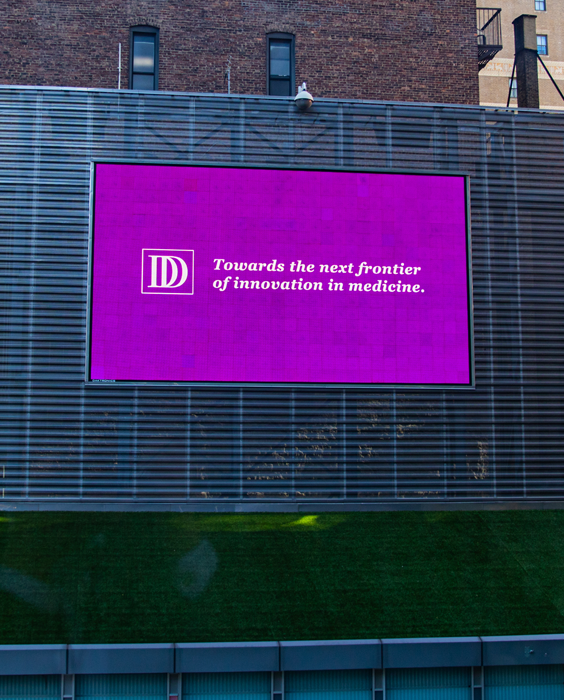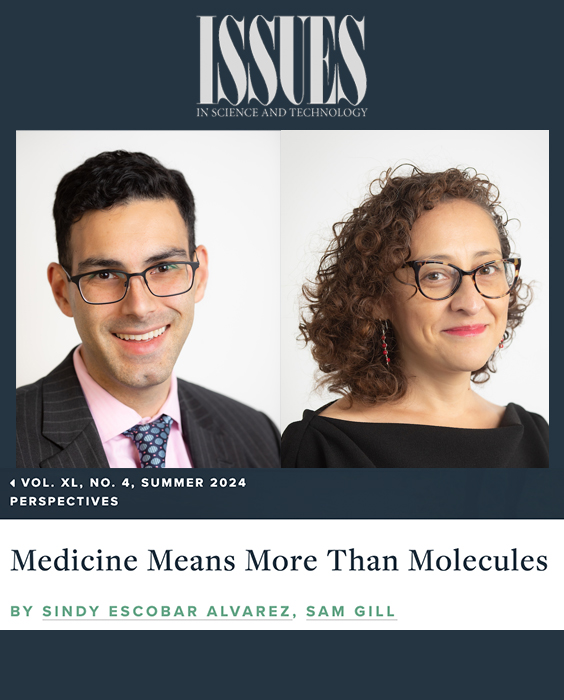Purpose
The ultimate goal of the Clinical Research Continuum: High School to College (CRC) program is to increase the diversity of the biomedical research workforce through providing students with engaging, valuable experiences in the sciences that cultivate their interests towards careers in biomedical research. The program has two components: high school students engage in research and enrichment activities; and college students, who are selected alumni of the high school programs, continue to participate in mentored, clinically relevant research experiences.
Rationale
A diverse biomedical research workforce reflective of the demographics of the nation is essential to building an equitable and vibrant field that is equipped to address racial and ethnic health and health care disparities. A talent pool rich in differing lived experiences and perspectives contributes to greater productivity and innovation in research and is better able to deliver insight into the health concerns of a wider spectrum of the population. Diversity in the biomedical research workforce does not currently come close to mirroring the diversity of the U.S. population. Data from 2019 revealed that 13.4% of the U.S. population is Black and 18.5% is Hispanic, but among medical school faculty, only 3.6% are Black and 3.2% are Hispanic.
While there are many existing science programs that provide mentored research experiences for high school students in an institutional setting, very few of them provide exposure to clinical sciences, and there remains a lack of diversity in medical school applicant pools. With that in mind, the Doris Duke Foundation designed the CRC program to reach and include students in the U.S. who identify as Black or African American, Hispanic or Latino/a/x, Native or Indigenous, individuals with disabilities, those aspiring to be first-generation college graduates, and/or those from households whose annual incomes fall below a government-designated threshold. The Doris Duke Foundation created the CRC program to help fill this gap in the field and to inspire students to consider and realize a career in clinical research.
Participating Institutions
CRC is administered through eight institutions with established research programs for high school students and program alumni in college. Each institution is responsible for overseeing the selection of students and providing a mentored, clinically relevant research experience. A link to the institution’s program's website is provided below.
Arthur Ashe Institute for Urban Health, Inc.:
Health Science Academy
Bradley University:
Building Excellent Scientists for Tomorrow: Developing Medical Researchers through Bradley University's Summer Clinical Research Internships for High School Students
Charles Drew University of Medicine & Science:
Project STRIDE (Student Training in Research Involving Disparity Elimination)
Children’s Hospital Los Angeles:
Latino & African American High School Internship Program at the Saban Research Institute of Children's Hospital Los Angeles
Stanford University:
Stanford Institutes of Medicine Summer Research Program - Clinical Research Experiences
UCSF Benioff Children's Hospital Oakland:
Summer Research Program for High School Students
University of Pittsburgh:
The Doris Duke Foundation Academy for Clinical Research
University of Wisconsin Foundation:
Surgery Clinical Research Experiences for High School Students
Program Details
High school and college students participating in the CRC program spend a summer working on a clinically relevant research project under the direction of a mentor. In addition, students participate in enrichment activities that help them develop the skills needed for clinical research, such as introduction to bioethics, protection of human subjects, scientific writing and experimental design. All students receive a stipend.
High school students who are interested in this program should contact one of the DDF-funded institutions listed above. Eligible college undergraduate students are those who have already participated in the program as a high school student. For additional information on the program, see our Frequently Asked Questions page.


